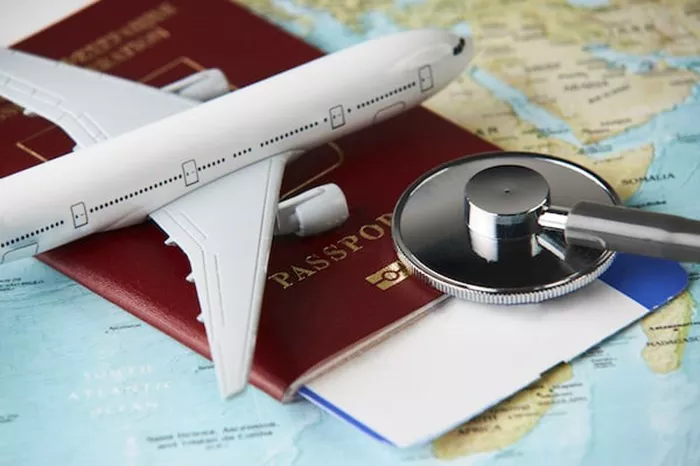Explanation of Potential Issues
Having 2 travel insurance policies covering the same trip can create several problems:
Redundancy
When you have two policies, you might end up paying for duplicate coverage. This redundancy means you’re spending more money without gaining additional benefits.
Claim Complications
If you need to make a claim, having multiple policies can complicate the process. Insurers might dispute which policy should cover the claim, leading to delays or requiring you to coordinate between insurers.
Potential Conflicts
Insurers may disagree on the coverage responsibility, especially if both policies have overlapping coverage areas. Resolving these conflicts can be time-consuming and frustrating.
Coverage Overlap
Most travel insurance policies cover similar aspects such as:
Medical Expenses: Coverage for medical treatment due to illness or injury during your trip.
Baggage Loss: Reimbursement for lost, stolen, or damaged luggage.
Trip Cancellation: Compensation for non-refundable trip expenses if you need to cancel due to covered reasons.
Having two policies might only offer limited additional benefits, such as higher coverage limits or broader exclusions, which may not justify the added expense.
See Also: Why Travel Insurance Is Necessary To Travel Abroad
Best Practices
To avoid the pitfalls of having two travel insurance policies, follow these recommendations:
Review Existing Policy
Before purchasing a second policy, thoroughly review the coverage details of your existing travel insurance. Understanding what’s already covered helps you determine if additional coverage is necessary.
Contact Your Insurer
If you’re uncertain about your current coverage or need clarification on specific aspects of your policy, contact your insurance provider. They can explain your policy’s terms, conditions, and coverage limits.
Cancel Unnecessary Policies
If you discover that you have duplicate coverage or one policy offers more comprehensive protection than the other, consider canceling the less beneficial or more expensive policy. This helps you avoid unnecessary costs and simplifies the claims process if an incident occurs.
Claim Process with Multiple Policies
If you find yourself in a situation where you have multiple travel insurance policies and need to file a claim, follow these steps:
Contact All Insurers
Inform each insurer about the incident promptly. Provide detailed information regarding what happened, including dates, locations, and any relevant documentation (e.g., police reports for theft).
Follow Each Insurer’s Instructions
Each insurance company will have specific procedures for filing claims. Follow their instructions carefully to ensure your claim is processed efficiently. Be prepared to provide documentation and cooperate with any investigations they may conduct.
Conclusion
While it might be tempting to purchase multiple travel insurance policies to ensure comprehensive coverage, having two policies covering the same trip is generally not advisable. It can lead to redundancy, potential claim complications, and conflicts between insurers. Review your existing coverage thoroughly, contact your insurer for clarification if needed, and consider canceling unnecessary policies to streamline your insurance protection. By taking these steps, you can ensure you have adequate coverage without unnecessary expenses or complexities during your travels. Always prioritize clarity and efficiency in managing your travel insurance to enjoy peace of mind on your trips.
[inline_related_posts title=”You Might Be Interested In” title_align=”left” style=”list” number=”6″ align=”none” ids=”2577,2510,2501″ by=”categories” orderby=”rand” order=”DESC” hide_thumb=”no” thumb_right=”no” views=”no” date=”yes” grid_columns=”2″ post_type=”” tax=””]




















